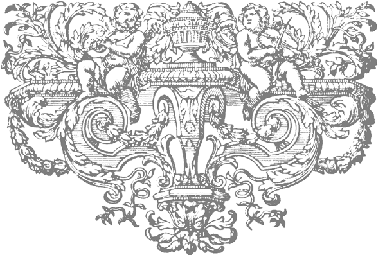A Franco-Flemish double-manual harpsichord,
![]()
Detail of the spine decoration 1
The outside of the spine is decorated only with ornaments and is lacking any figure painting, giving the spine almost the feel of a mannerist decoration. The painting has been done in oil, and is painted on a ground of thick gold leaf. This type of decoration was known in the eighteenth-century as ‘vernis martin’ after the Martin brothers who invented and developed this luxurious type of furniture decoration.
![]()
Important
Features of this harpsichord
![]()
A brief history of the musical and decorative states of the Franco-Flemish harpsichord
![]()
Details of
the original state of the instrument
![]()
Details of the eighteenth-century states of this harpsichord
Details of the modern history of this harpsichord
![]()
Problems encountered in the ethical restoration of this harpsichord
![]()
![]()
Go back to the main page of this section
![]()
This page was last revised on 20 November 2021.
